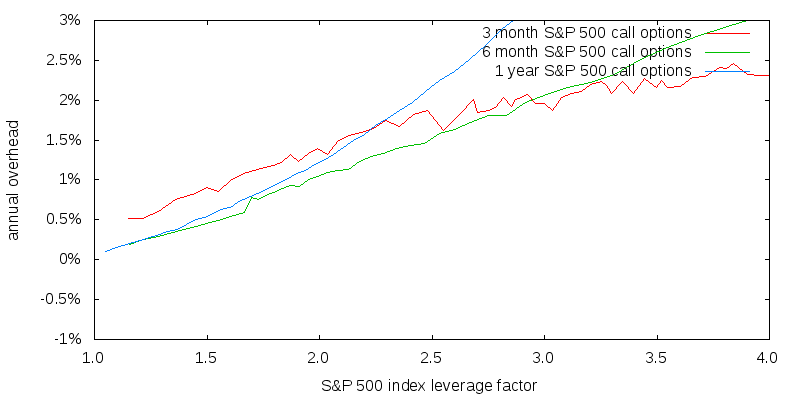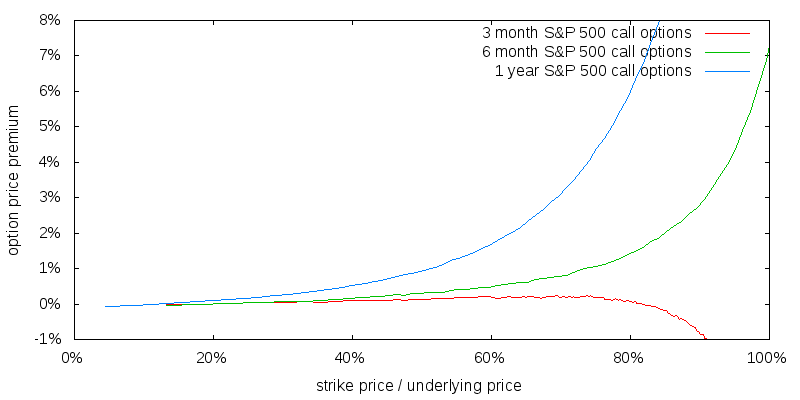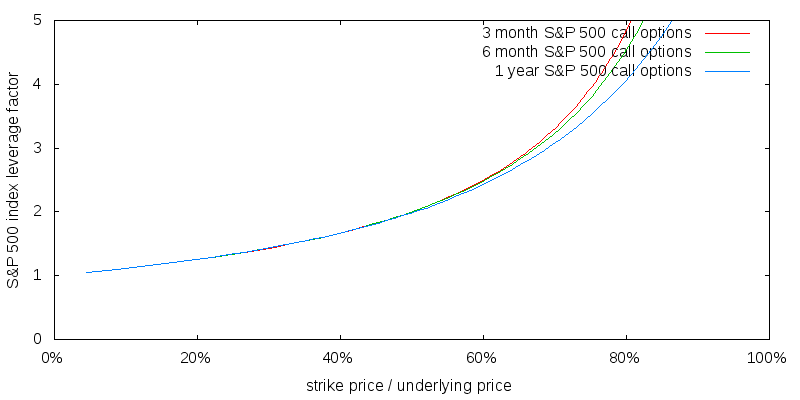Investing in the stock market can be a thrilling and rewarding journey. And for those looking to take their investments to the next level, understanding high IV stock options is a must. In this article, we will explore what high IV stock options are, why they matter, and how to trade them effectively.
What are High IV Stock Options?
High IV stock options are options contracts with a relatively high implied volatility (IV). Implied volatility measures the market’s expectations for future price fluctuations in an underlying asset, like stocks. When investors anticipate significant price swings in a specific stock, its options will exhibit higher implied volatility.
Understanding high IV stock options is crucial for investors seeking unique opportunities. By identifying stocks with high implied volatility, investors can potentially profit from substantial price movements within a short period. These options offer a way to capitalize on market uncertainty and generate profits during volatile times.
Mastering high IV options trading also allows investors to diversify their strategies effectively. In volatile markets, where traditional investments may be less reliable, high IV stock options provide alternative avenues for generating income.
Instead of relying solely on long-term investments, investors can utilize these options to create short-term profit opportunities.
Furthermore, high IV stock options serve as a hedging tool against potential losses during periods of increased volatility. By using these contracts strategically, investors can protect themselves from adverse market movements and minimize overall risk exposure.
Trading high IV stock options requires thorough analysis and understanding of market trends. It involves conducting research to identify stocks with the highest potential for significant price movements and implementing proper risk management techniques.
In summary, high IV stock options present unique opportunities for investors by leveraging anticipated price fluctuations in specific stocks. Understanding how these contracts work allows investors to diversify their strategies and potentially generate income even in volatile markets.
However, caution and proper risk management are essential when engaging in high IV options trading to maximize potential returns while minimizing risk exposure.
Understanding Implied Volatility (IV)
Implied volatility, or IV, is a key concept in options trading. It measures how much an asset’s price is expected to change over time. Higher IV leads to higher option prices due to the potential for significant price movements. Factors like supply and demand, market sentiment, economic events, and company news influence IV.
By understanding implied volatility, traders can assess risks and rewards associated with options contracts and make informed decisions in the market.
In summary, implied volatility gauges an asset’s expected price changes. It impacts option prices and is influenced by various factors in the market. Traders use this knowledge to navigate options trading effectively.
Why High IV Matters for Stock Options
Implied volatility (IV) is a vital aspect of stock options trading. It gauges the market’s expectation of future price movements and influences option prices. Understanding the importance of high IV can significantly impact trading decisions.
-
Higher Returns: High IV stock options offer the potential for substantial profits as they provide exposure to stocks with greater price movement possibilities. Increased market volatility allows traders to capitalize on significant price swings.
-
Probability of Large Price Swings: Trading high IV stock options enables investors to benefit from heightened market volatility and take advantage of substantial price fluctuations.
-
Increased Chance of Loss: While high IV stock options present lucrative opportunities, they also come with higher risks due to amplified volatility. If the market moves against your position, larger losses may occur.
-
Higher Cost to Enter Trades: High IV options generally have higher premiums compared to low IV options, making them more expensive upfront.
Understanding why high IV matters in stock options helps traders make informed decisions based on market expectations and risk-reward considerations, enhancing their chances of success.
Identifying High IV Stocks
Implied volatility (IV) is a key factor in stock trading that indicates potential price fluctuations. To identify stocks with high IV and increase investment potential, there are two effective methods:
-
Utilize Financial News and Market Research Websites: Stay informed about market developments and pay attention to stocks making headlines due to significant events or earnings announcements. These stocks often exhibit increased implied volatility.
-
Analyze Historical Volatility Data: Study a stock’s past price fluctuations to predict future implied volatility levels. Look for patterns of high historical volatility, as they indicate the likelihood of elevated IV.
By combining these strategies with technical indicators and thorough analysis, investors can identify high IV stocks that offer greater risk-reward opportunities. However, it’s important to remember that investing in such stocks carries increased risks, requiring careful research and analysis before making investment decisions.
Strategies for Trading High IV Stock Options
When trading high implied volatility (IV) stock options, there are two primary strategies to consider: buying calls or puts on high IV stocks, and writing covered calls on high IV stocks.
Buying call or put options on high IV stocks allows investors to potentially profit from significant price movements without owning the underlying shares outright. However, it’s essential to note that options have expiration dates, and if the stock price doesn’t move as anticipated, the options may expire worthless.
Writing covered calls involves selling call options on stocks you already own. This strategy allows you to collect premium income from the option sale while potentially benefiting from limited upside gains if the stock price rises.
However, there is a risk that the stock price may rise significantly, causing the shares to be called away at the predetermined strike price.
In summary, trading high IV stock options requires careful consideration of these strategies. It’s crucial to analyze market trends, assess risk tolerance, and develop a well-defined trading plan. By doing so, investors can navigate volatile markets more effectively and maximize potential profits while managing risks appropriately.
Managing Risk in Trading High IV Stock Options
Trading high implied volatility (IV) stock options carries significant risks. To protect against potential losses, it is crucial to implement effective risk management strategies. Setting stop-loss orders and diversifying investments across multiple high IV stocks can help limit losses and mitigate the risks associated with individual positions.
Staying informed about market conditions and using option spreads are also valuable risk management techniques. By incorporating these strategies into your trading approach, you can navigate the volatility of high IV stock options more effectively and reduce potential losses.
Real-Life Examples: Success Stories from Trading High IV Stock Options
Trading high implied volatility (IV) stock options can be lucrative but also carries risks. Let’s explore real-life examples of success and cautionary tales.
One investor strategically selected high IV stock options during a market rally, accurately anticipating the surge in implied volatility. By identifying stocks poised for substantial moves, they achieved impressive returns within a short period.
In another example, a trader underestimated the risks of high IV stock options and suffered significant losses. This serves as a reminder to understand and manage risks effectively through proper risk management strategies.
These real-life examples highlight the importance of analysis, informed decision-making, and risk management when trading high IV stock options. Learning from these experiences can help traders achieve long-term profitability in option trading.
Conclusion
[lyte id=’PsVsvPzCrfQ’]







